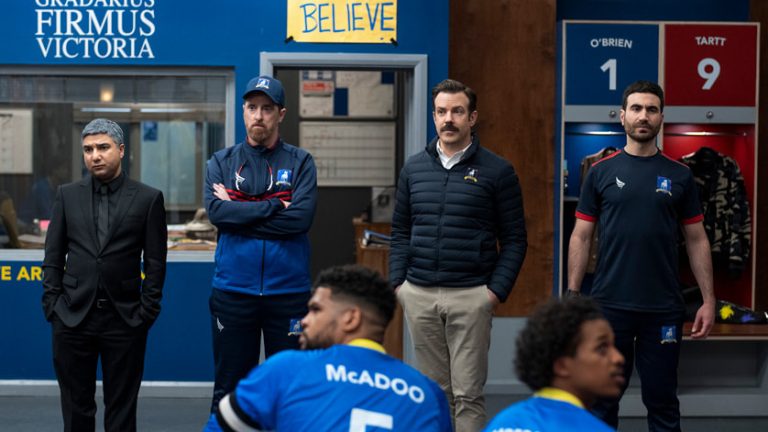
The Apple TV hardware platform, tvOS, and the original Apple TV app were initially intended to solve this problem by offering an a la carte, consumer-friendly way to manage the options in a burgeoning streaming-TV industry.
However, Apple’s attempt to make the TV app a universal hub of content has been continually stymied by the fact that industry giant Netflix has continually declined to participate.
Users of the TV app and Apple TV set-top-box still must launch a separate Netflix app to see their watch history on that service to see if movies or shows they want to watch are available. Content from most other services—including Amazon Prime Video—is exposable through search within the app and rolls into a unified watch history.
Fighting to succeed in a messy business
Further, streaming services have become increasingly expensive, and streamers have begun trying to find new revenue from sources like bundles and advertising. The reasons for these trends are complex, but one of the key problems is that scripted television content is immensely expensive to produce—especially as the prestige TV era has driven up viewer expectations in terms of quality and production values.
As an early leader in the industry, Netflix established unrealistic expectations for everyone involved—consumers, production houses, investors, and so on—by simply throwing immense amounts of money into content without immediately seeing a return.
When larger economic factors put an end to that practice, streamers had to adjust—including Apple, which among other things is tweaking its film strategy for the new landscape.
Apple still offers several of those central hub features—for example, you can subscribe to services like Paramount+ and launch their shows from the Apple TV app, just like Amazon is doing with its app and Apple TV+ here. But the realities of the mess the industry finds itself in have clearly led Apple to keep an open mind about how it can attract and retain viewers.

